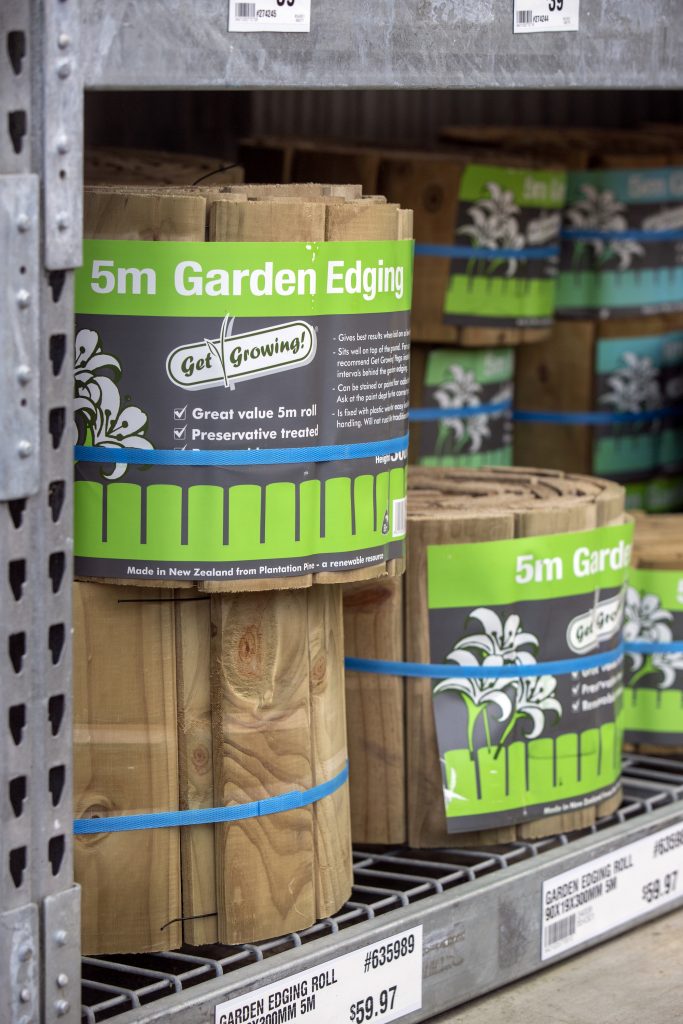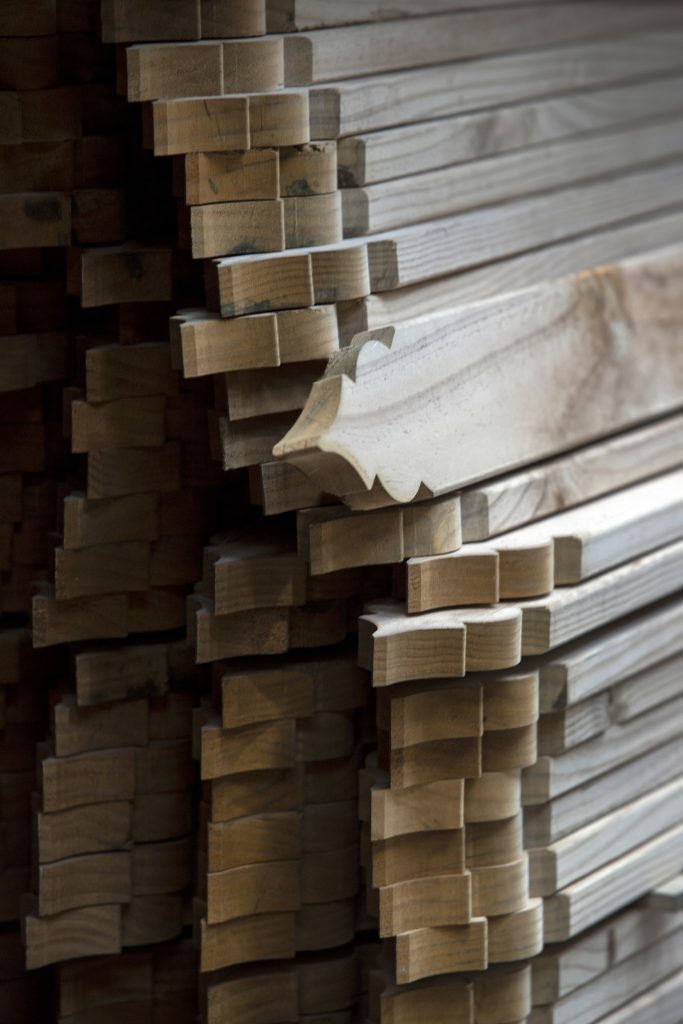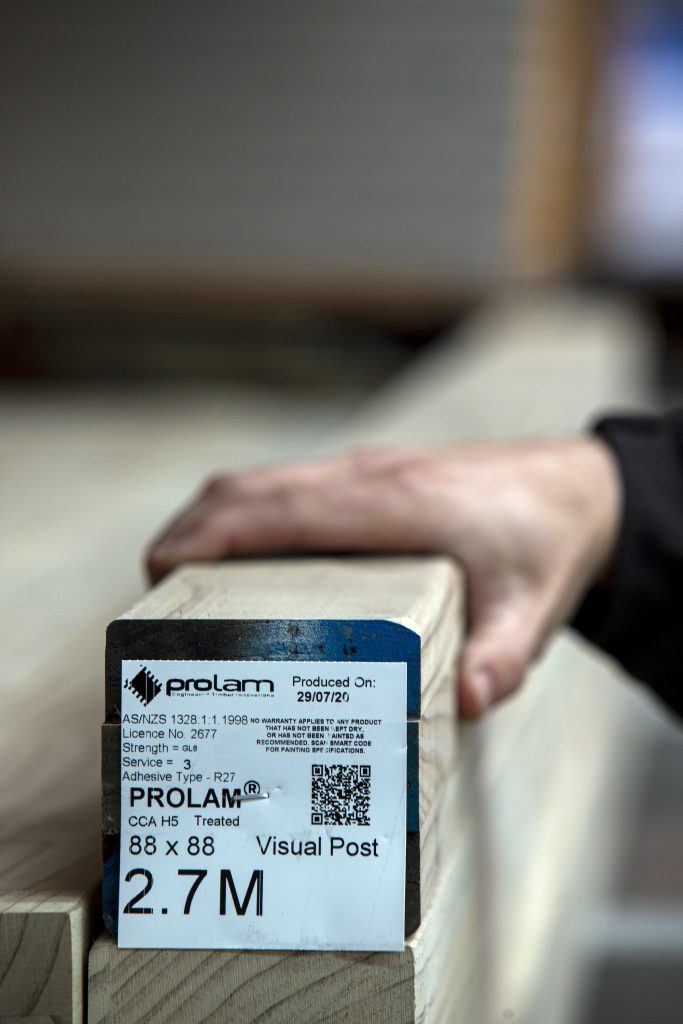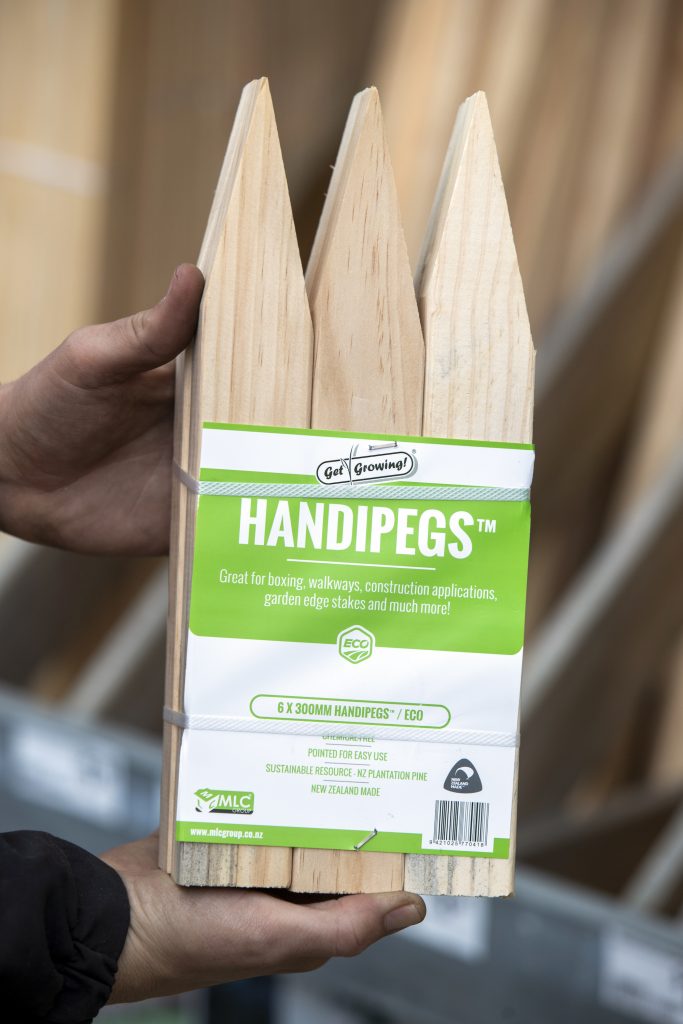
BY Jacquie Walters | PHOTOGRAPHY TIM CUFF
‘A dd value’ has been the clarion call of the wood fibre industry for decades. More often than not, adding value domestically has been seen as the antidote to the sight of piles of logs at our ports destined for overseas markets. Currently however, there is not enough domestic demand to utlise all the logs that are harvested from New Zealand’s forest estates.
Businesses like OneFortyOne’s Kaituna Sawmill, near Blenheim, already add value through new products and innovation, and have a clear idea of what is needed to keep more wood in New Zealand and both create and support local jobs.
“We add value to our resource both through the products we make at the mill and by selling clearwood fibre to our customers who then add further value to the products for the domestic and export markets,” says Kaituna Sawmill General Manager, Tracy Goss.
Domestic markets
Contrary to what many might think, 60 percent of the sawmill’s processed timber is destined for domestic merchants and wholesale customers. “We supply customers like MLC Group, Southern Pine Products, and Prowood. Most people in the region would have products in their home or on their property, such as weatherboard, skirting, dowels or posts, that started their life in our forests and came through our mill, even if they don’t have our name on them. There is a network of regional businesses and customers who rely on the timber we supply.”
In fact, Kaituna’s focus is how it can best add value to its product to service and supply its domestic customers first, says Tracy. In order to optimise the return on all of its harvested resource, export markets remain an important part of the mix when it comes to sales.
“Our preference is always to supply the domestic market first. However, change and innovation is needed to increase the domestic market’s capacity to process more wood fibre.”
Tracy says that there are many practical ways that growth in domestic demand could be encouraged. Creating the right conditions for more affordable new home builds using wood would be a great start, he says.
“At the moment there’s more wood grown here in New Zealand than the domestic market can absorb, at the current level of new home builds, and yet there’s an urgent demand for affordable homes. We can provide the timber to build those homes, but the policies and the legislation has to support it.”
The Government’s Building for Climate Change policy is a huge step in the right direction, he says. “Climate change appropriate policies are those that support construction materials that sequester carbon, such as wood, rather than supporting carbon emitting building materials. Our hope is that this policy shift increases the ratio of wood used in building playgrounds, commerical buildings and schools. This will create more demand for timber, lead to industry investment, create new jobs, and provide environmental and economic benefits.”
The general move away from pruning trees in the forest estate has also created an area of need where the Government can assist industry. “There is an opportunity for the Government to help with more research around the opportunity to add value to wood fibre from unpruned logs. What are the other alternatives? What could we be turning that into? What is the newest market of opportunity in that space?”
The industry itself has spearheaded product developments such as cross laminated timbers (CLT), and glulam (lamination of beams).
“We would love to see the building code better supporting the use of wood in high-rise buildings. That single development would have a huge impact in terms of keeping timber in New Zealand for domestic use. There are so many ways that we can use wood for green building, to reduce energy consumption in homes and build more affordable homes.”




Environmentally-friendly solutions
“We need to be developing innovative solutions and new added-value products to utilise the wood supply of the future. Without creating demand for the products now it’s difficult for a business to invest in the processing plant to support those new products. That’s where we need Government to facilitate.”
Meanwhile, forests and timber are providing value by storing carbon.
“Once you build a house carbon is stored in that timber for the lifetime of that home. At the same time as carbon is stored in a house for 30 years, you’ve grown a whole new crop of trees which are also storing carbon. That’s something to be celebrated.”
Industry is also providing solutions for utlising wood residues in an environmentally positive way. Tracy says that sawmill residues can help mitigate carbon emissions from farming and biochar that is created from sawmill and forest residues can be used in a wide range of applications, including animal feed, fertiliser, and even building products.
“Government policy and support to help create a market for sawmill and forests residues would have significant environmental and economic benefits.
Research support needed
“It’s a practical way to improve commercial farming emissions, for example, but residues can also be used in ways that might be more unexpected, such as manufacturing rechargeable batteries for cell phones and electric vehicles.
“New Zealand companies that are leading the way in developing these products need assistance and support with research and development funding. Without such funding support the risk is that such innovators will pack up and head offshore. New Zealand will lose out on the jobs and green market-leading technologies that they will create.”
“As an industry we want to develop the products that are going to meet future needs. There will be many products we haven’t even thought of yet. To make that happen we’ll need New Zealand to get behind us and see us as the solution we know we can be.”
